Understanding the Core of Salad Bowl Manufacturing
The journey to finding the perfect salad bowl begins with understanding the foundation of their creation. Manufacturing processes, material selection, and design philosophies all play a pivotal role in determining the final product's quality, functionality, and aesthetic appeal. For businesses and retailers, partnering with the right salad bowls manufacturers is not merely a transaction; it's an investment in a product that will be at the heart of dining experiences. The best manufacturers are those who balance traditional craftsmanship with modern innovation, ensuring that every bowl is not just a container, but a centerpiece that enhances the ritual of sharing a meal. They prioritize factors such as durability against daily use, resistance to staining and odors, and the overall sensory experience—from the weight in hand to the sound of utensils against its surface.
Furthermore, the ethos behind manufacturing has evolved significantly. Today, it encompasses a responsibility towards sustainable sourcing and production methods. This means that leading manufacturers are increasingly transparent about their supply chains, opting for renewable materials, implementing energy-efficient production techniques, and minimizing waste. This holistic approach to manufacturing results in salad bowls that are not only beautiful and functional but also ethically produced. For a discerning buyer, understanding these nuances is crucial. It allows for an informed decision that aligns with both quality expectations and values, ensuring that the chosen salad bowls will satisfy end-users and stand the test of time in a competitive market.
Exploring Durable and Aesthetic Options for Every Kitchen
The choice of material is arguably the most critical decision when selecting salad bowls, as it directly influences durability, maintenance, aesthetics, and even the taste of the food. Different materials offer unique benefits and cater to varied lifestyles and kitchen decors. From the classic warmth of wood to the sleek modernity of glass, each type brings its own character to the table.
The Enduring Appeal of Wooden Salad Bowls
Wooden salad bowls have been a staple in kitchens for centuries, cherished for their natural beauty, lightweight nature, and gentle touch on delicate china. They are typically crafted from hardwoods like maple, walnut, cherry, or bamboo, which are known for their tight grains and durability. A significant advantage of wood is its natural antibacterial properties, which help to keep food safe. However, they require specific care to maintain their luster and prevent cracking, including hand washing and periodic seasoning with food-safe oils. Unlike non-porous materials, wood can absorb moisture and odors if not properly maintained, which is a key consideration. For those seeking a traditional, rustic, or artisanal look, wooden bowls are an unparalleled choice. They often become more beautiful with age, developing a rich patina that tells the story of countless meals shared.
Modern and Practical Alternatives
While wood holds a traditional charm, modern materials offer unparalleled practicality and contemporary style. Materials like tempered glass, ceramic, stainless steel, and high-quality acrylic have gained immense popularity.
Glass and Ceramic Bowls
Glass and ceramic bowls offer a non-porous surface, making them impervious to odors and stains—a clear advantage over wood. They are incredibly easy to clean and are often dishwasher safe, which simplifies the post-meal cleanup process. These materials provide a neutral canvas that does not react with acidic dressings, ensuring the taste of your salad remains pure. From a design perspective, they offer immense versatility, available in a myriad of colors, patterns, and shapes to match any kitchen aesthetic. However, they are generally heavier than wood or acrylic and can break if dropped on a hard surface. This trade-off between elegance and fragility is an important factor for families with young children or for use in high-traffic environments like restaurants.
Acrylic and Metal Bowls
For those prioritizing durability and lightweight functionality, acrylic and metal bowls are excellent contenders. Acrylic bowls are virtually unbreakable, extremely lightweight, and often inexpensive, making them ideal for outdoor dining, picnics, or casual everyday use. They are available in many vibrant colors but can be prone to scratching over time. Metal bowls, usually made from stainless steel, are the workhorses of the kitchen. They are durable, easy to clean, and excellent for keeping ingredients chilled when pre-chilled. Their sleek, professional look makes them a favorite in commercial kitchens. The key difference lies in the sensory experience; metal can feel cold and utilitarian compared to the warmth of wood or the elegance of glass, and utensils can make more noise when scraping against them.
Material Comparison Table
The following table provides a clear, side-by-side comparison of the most common salad bowl materials to aid in the decision-making process.
| Material | Durability | Maintenance | Best For | Considerations |
|---|---|---|---|---|
| Wood (Hardwood) | High (can last decades if cared for) | Hand wash only, requires periodic oiling | Traditional aesthetics, light use, serving | Porous; can absorb odors and moisture |
| Bamboo | High (very hard and resilient) | Hand wash recommended, occasional oiling | Eco-conscious consumers, modern rustic style | Very hard surface, can be less forgiving on china |
| Tempered Glass | Medium (durable but can break if impacted) | Dishwasher safe, easy to clean | Everyday use, modern kitchens, oven-safe options | Heavier, can chip or break |
| Ceramic | Medium (similar to glass) | Dishwasher safe (usually), easy to clean | Artistic designs, colorful kitchens | Can be heavy and prone to cracking |
| Stainless Steel | Very High (virtually indestructible) | Dishwasher safe, extremely easy to clean | Commercial use, durability, keeping food cold | Modern/industrial look, can be noisy |
| Acrylic / Plastic | High (resistant to breaking) | Dishwasher safe, very easy to clean | Outdoors, children, casual dining | Can scratch easily, may look less premium |
Key Factors to Evaluate When Choosing a Manufacturer
Selecting a manufacturing partner goes beyond just comparing price points. It involves a deep dive into their capabilities, quality control measures, and business practices. For a product as central as a salad bowl, every detail matters. Here are the critical factors to consider:
- Material Sourcing and Quality: Inquire about where and how the manufacturer sources its raw materials. Do they use sustainably harvested wood? Is their glass lead-free? Do they have certifications for food safety? Reputable manufacturers will be transparent about their material specifications and origins.
- Production Process and Craftsmanship: Understand the techniques used. Are wooden bowls carved from a single piece of wood or laminated? How are the edges finished? What kind of glazes and firing processes are used for ceramic bowls? The answers to these questions directly impact the product's longevity and safety.
- Customization Options: Many businesses seek to differentiate their offerings. A strong manufacturer will offer customization, whether it's in terms of size, shape, color, engraving, or private labeling. This flexibility is key to building a unique product line.
- Minimum Order Quantity (MOQ): This is a practical business consideration. Manufacturers often have MOQs that can be a barrier for small businesses or those looking to test a new product line. Finding a partner with flexible or low MOQs can be advantageous.
- Ethical and Environmental Compliance: Modern consumers are increasingly values-driven. Partnering with a manufacturer that adheres to ethical labor practices and has robust environmental policies (like waste water management or using renewable energy) is not only responsible but also a valuable marketing point.
By thoroughly evaluating these aspects, you can establish a partnership with a manufacturer that delivers consistent quality, aligns with your brand values, and helps you build a successful product portfolio. This due diligence is what separates a generic supplier from a true strategic partner in growth.
Unveiling the Benefits of Customized Salad Bowl Solutions
In a crowded marketplace, offering a standard product is often not enough. Customization provides a powerful tool for differentiation, allowing businesses to create unique value propositions and strengthen their brand identity. For salad bowls, the opportunities for customization are vast and can significantly enhance the product's appeal and perceived value.
One of the most sought-after custom options is custom sized salad bowls for restaurants. The food service industry has highly specific needs based on menu offerings, portion control, and kitchen workflow. A restaurant serving large family-style salads will require much larger bowls than a fine-dining establishment offering individual starter salads. Furthermore, the weight and stackability of bowls are crucial for storage and efficiency in a busy kitchen. By working with a manufacturer to create bespoke sizes, restaurants can optimize their service, enhance presentation, and improve operational logistics. A manufacturer capable of producing these tailored solutions demonstrates a deep understanding of the hospitality sector's unique demands.
Beyond size, customization can encompass design elements. This includes branded engraving or printing, which is perfect for creating corporate gifts or branded merchandise. Unique color blends, especially in materials like melamine or ceramic, can help a brand maintain consistency with its visual identity. Special finishes, such as a hand-rubbed oil finish on wood or a matte glaze on ceramic, can elevate the product to a luxury item. For retailers, offering exclusive, custom-designed salad bowls can attract a niche audience willing to pay a premium for uniqueness and quality. It transforms a simple kitchen tool into a statement piece, fostering brand loyalty and turning customers into advocates.
Identifying the Hallmarks of a Premier Manufacturing Partner
Knowing what separates an average manufacturer from an exceptional one is the final piece of the puzzle. A premier partner does not just fill orders; they collaborate, innovate, and ensure consistent excellence. Identifying these hallmarks requires looking at both tangible and intangible factors.
First and foremost is an unwavering commitment to quality control. Top-tier manufacturers have rigorous inspection protocols at every stage of production, from raw material intake to the final packaging. They should be able to articulate their quality standards clearly and provide guarantees or warranties on their products. This reliability minimizes the risk of defective products reaching your customers. Secondly, look for proven expertise and a strong portfolio. A manufacturer with a long history and a diverse portfolio of well-crafted products demonstrates experience and adaptability. They should have examples of successful projects, potentially including work for other reputable brands.
Another critical hallmark is effective communication and customer service. The manufacturing process can be complex, and having a responsive, knowledgeable point of contact is invaluable. They should be proactive in providing updates, transparent about challenges, and helpful in offering solutions. Finally, consider their innovation capabilities. The best manufacturers are not static; they are constantly researching new materials, improving techniques, and adapting to market trends. They can be a source of new ideas and can advise on best practices for product design and development. Partnering with a manufacturer that embodies these qualities ensures a smooth, productive relationship and results in a superior product that stands out in the global marketplace. For those seeking such a partner, focusing on wholesale salad bowls manufacturers usa or in your target region can also reduce shipping times and carbon footprint, while potentially ensuring higher labor and safety standards.
Navigating the Sourcing Process for Optimal Results
The final step in securing the perfect salad bowl supply is mastering the sourcing process itself. This involves strategic planning, clear communication, and thorough evaluation to ensure a successful partnership and a flawless final product. A methodical approach can save time, reduce costs, and prevent misunderstandings.
Begin by clearly defining your requirements. Create a detailed specification sheet that includes desired material, dimensions, weight, finish, color codes (e.g., Pantone codes for accuracy), and any custom features like engraving. The more precise you are, the more accurate the initial quotes will be. Next, identify and shortlist potential manufacturers. Utilize industry directories, trade shows, and online B2B platforms to find candidates. Pay close attention to those who specialize in your desired material and have experience with your type of order, whether it's large-scale wholesale or smaller boutique runs. This is where a search for large wooden salad bowl suppliers would be more specific than a general search, immediately filtering for specialists in that niche.
Once you have a shortlist, initiate contact and request quotes. Provide them with your specification sheet. Be wary of quotes that seem unusually low, as this can often be a sign of compromised quality or hidden costs. A crucial next step is to order samples. Never commit to a large order without evaluating a physical sample first. Test the sample yourself: wash it, feel its weight, check the finish, and ensure it meets all your criteria. This first-hand evaluation is irreplaceable. Finally, before production begins, ensure all terms are clearly outlined in a contract. This should cover payment terms, production timeline, quality assurance procedures, protocol for addressing defective goods, and shipping responsibilities. By meticulously navigating each of these stages, you can confidently select a manufacturer who will deliver exceptional salad bowls that meet your exact standards and delight your end customers.
Sustainability and Ethical Considerations in Modern Production
In today's global market, a product's origin story is almost as important as its function. Consumers and businesses alike are increasingly prioritizing sustainability and ethical production, making these factors critical differentiators when selecting a manufacturer. For a product like a salad bowl, which is often sourced from natural materials, these considerations are paramount.
A key aspect is the sustainable sourcing of raw materials. For wooden bowls, this means verifying that the manufacturer uses wood from forests that are managed responsibly. Look for certifications like FSC (Forest Stewardship Council) or PEFC (Programme for the Endorsement of Forest Certification), which provide assurance that the wood is harvested in a way that preserves biodiversity and supports local communities. Similarly, for bamboo—a highly renewable grass—ensure it is sourced from well-managed plantations. For other materials, inquire about recycled content. Some manufacturers offer glass or ceramic bowls made with a significant percentage of recycled material, reducing the environmental footprint. A manufacturer's commitment to eco friendly disposable salad bowls production, even for non-disposable items, reflects a forward-thinking mindset and reduces the ecological impact of your supply chain.
Beyond materials, evaluate the manufacturing process itself. Does the factory utilize energy-efficient machinery? Do they have systems for recycling water and managing waste? What are their policies on emissions? Ethically, it is essential to partner with a manufacturer that provides safe working conditions, fair wages, and adheres to international labor standards. Many reputable manufacturers undergo audits (like SMETA or BSCI) to verify their ethical compliance. Choosing a partner who values these principles ensures that your products are not only high-quality but also produced in a way that is responsible and aligned with the values of a growing segment of the market. This commitment can become a powerful part of your brand's narrative, appealing to conscious consumers and adding a layer of value that goes beyond the physical product.

 English
English Español
Español عربى
عربى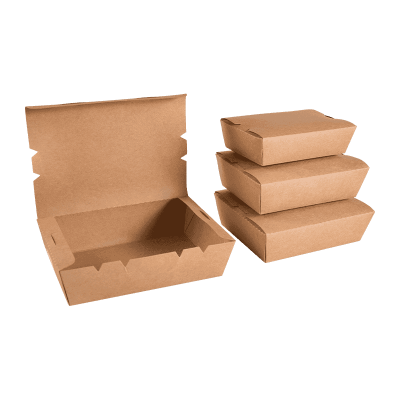
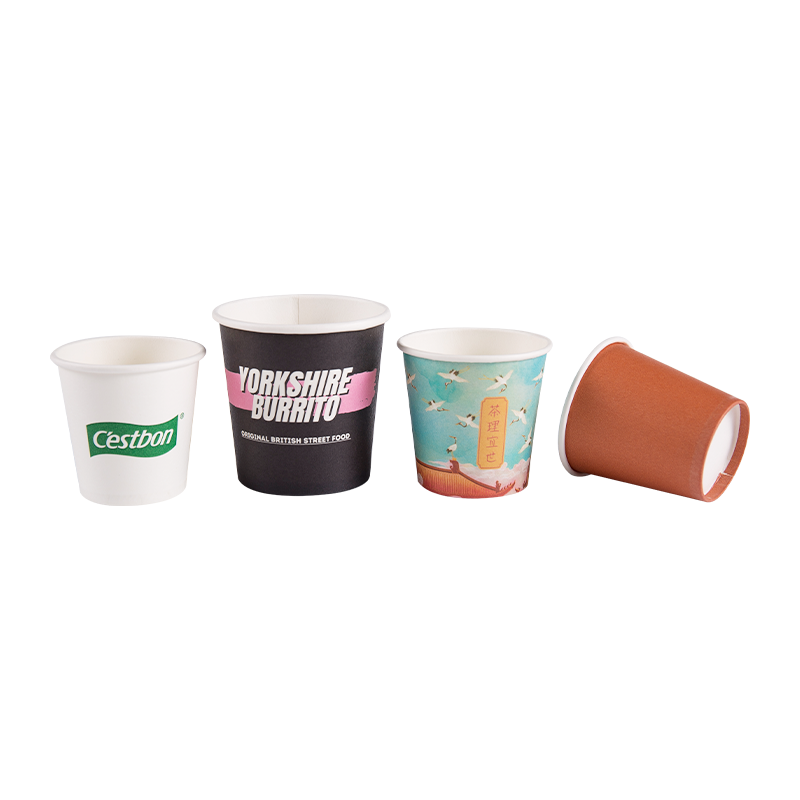
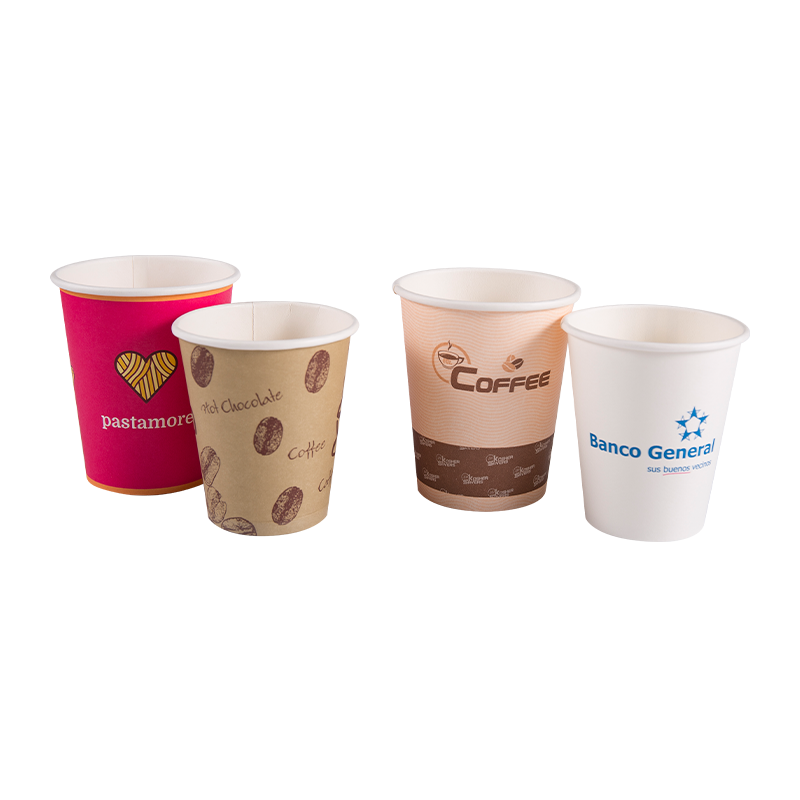
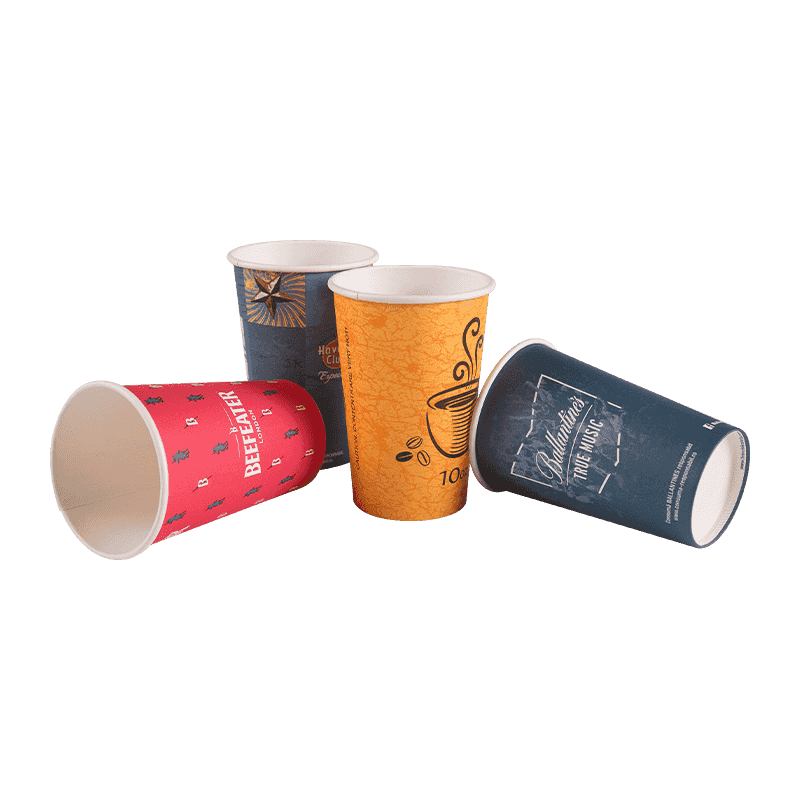

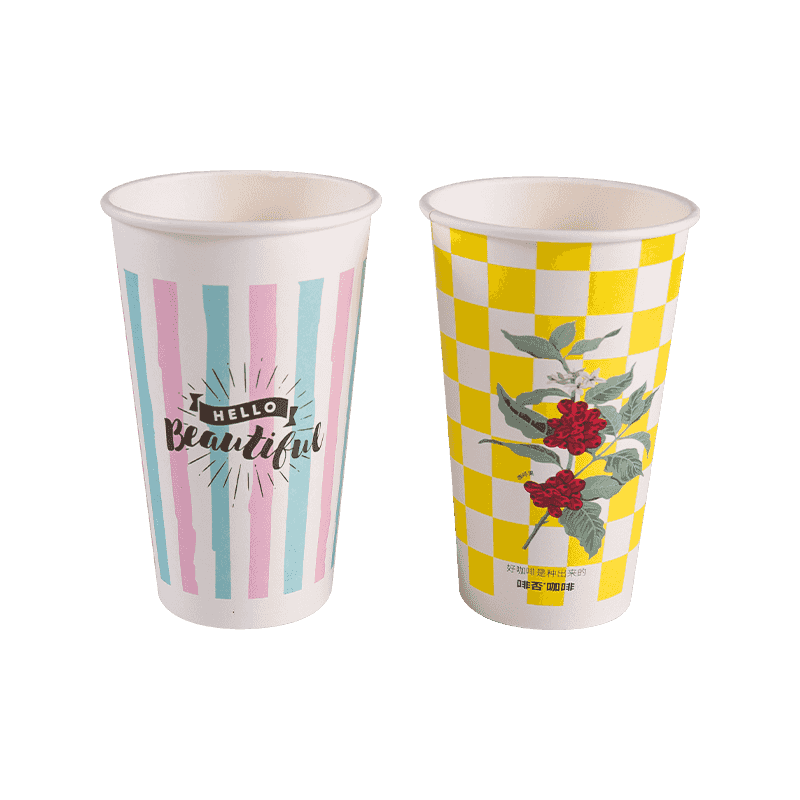
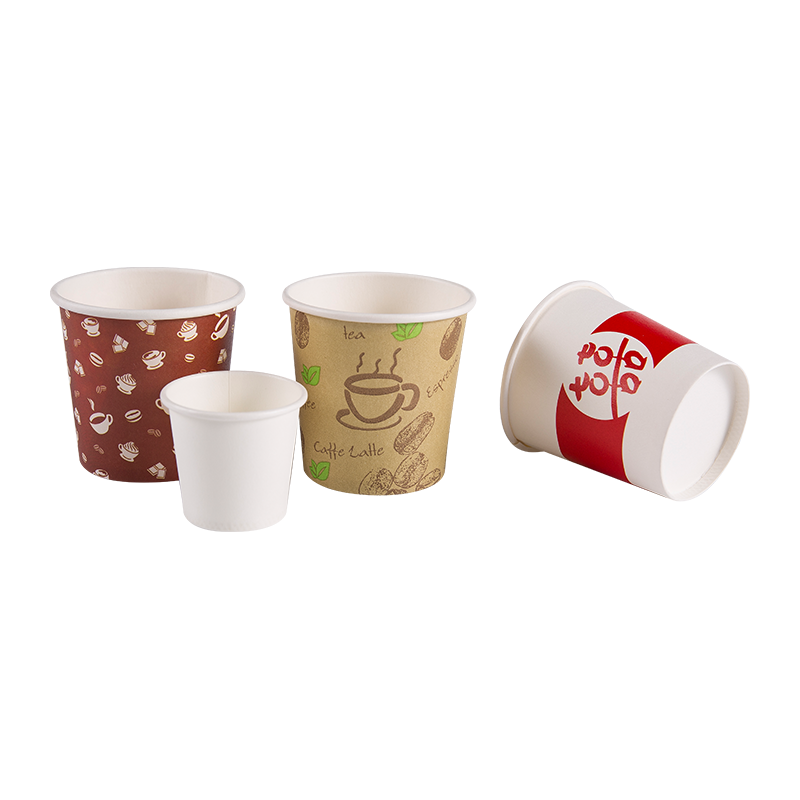

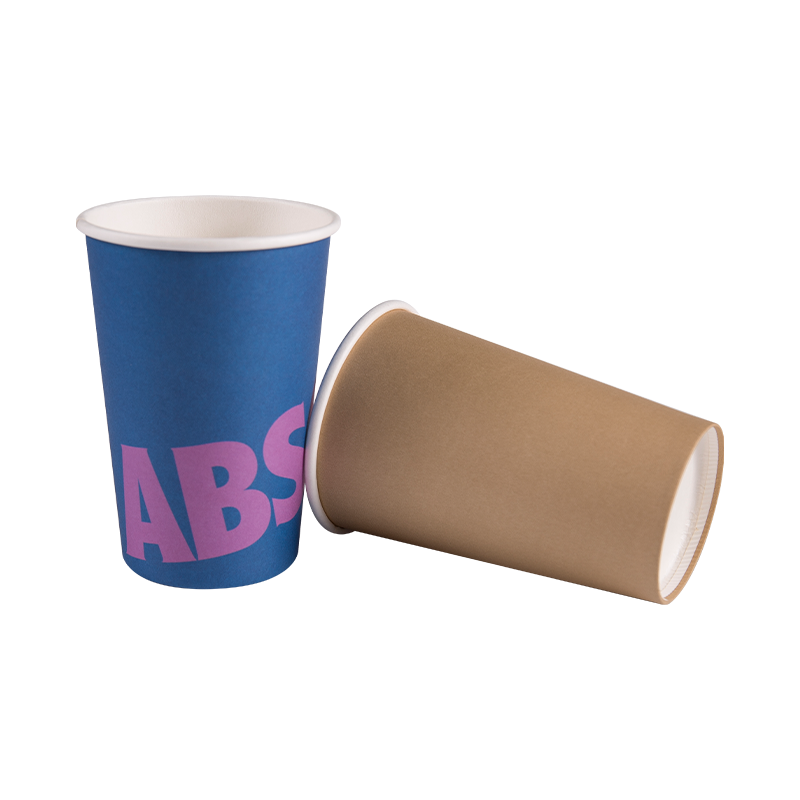
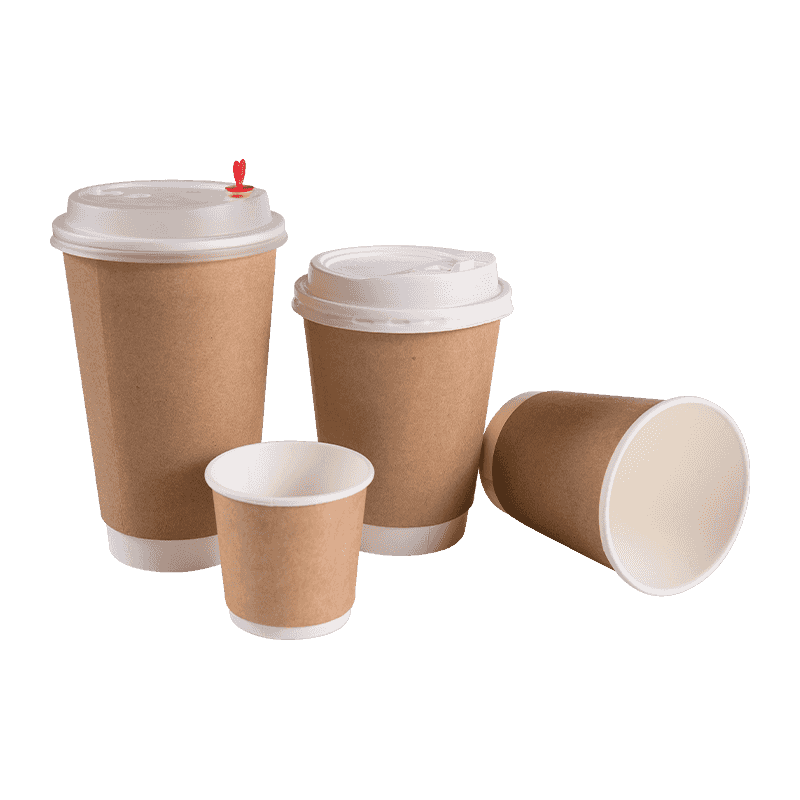
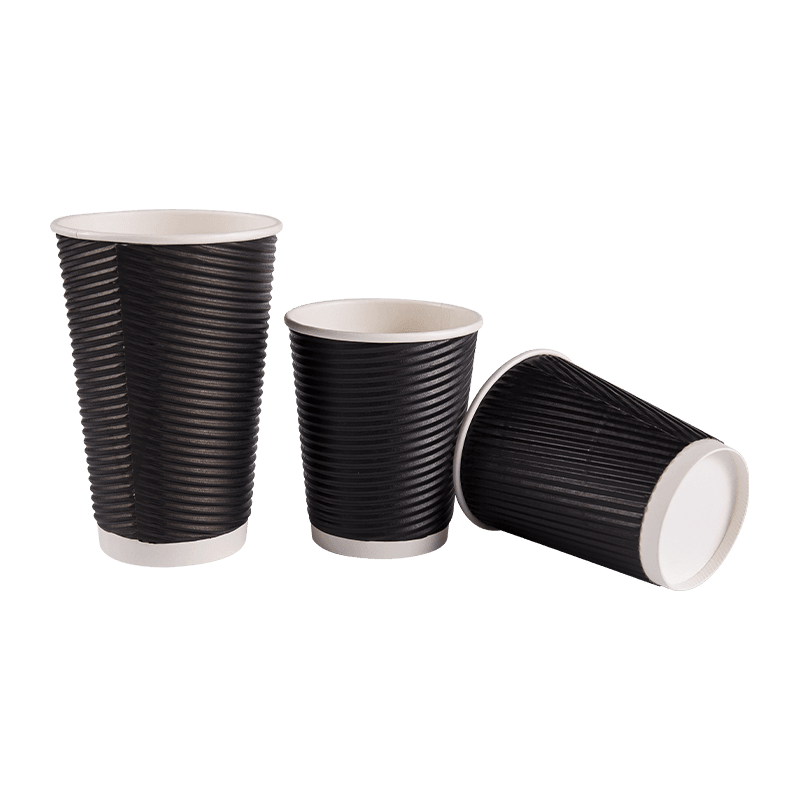
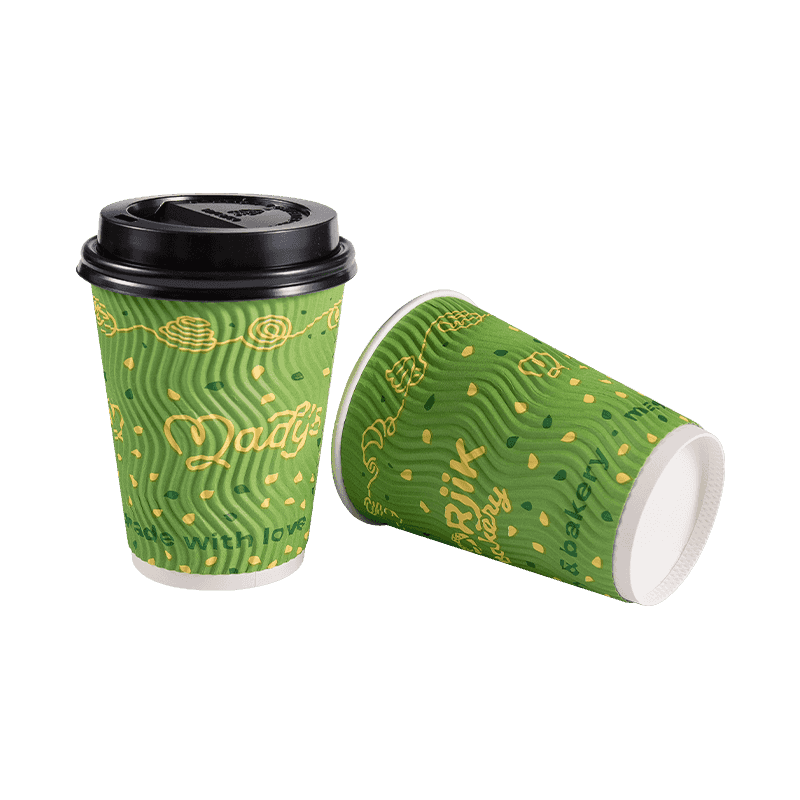


 +86-0563-8029081
+86-0563-8029081
 +86-0563-8029081
+86-0563-8029081 No. 12 Sanxi Road, Xinqiao Development Zone, Jingde Country, Xuancheng City, Anhui Province.
No. 12 Sanxi Road, Xinqiao Development Zone, Jingde Country, Xuancheng City, Anhui Province.